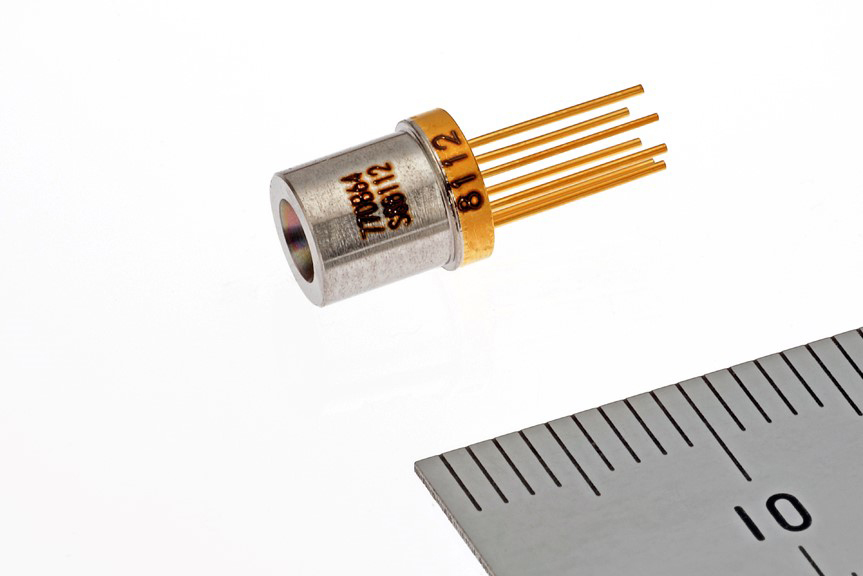News: Optoelectronics
7 September 2020
Mitsubishi to ship samples of 1310nm 100Gbps EML CAN for 5G mobile base stations
On 1 October, Mitsubishi Electric Corp of Tokyo, Japan will begin shipping samples of its new 1310nm-wavelength (specifically, 1304.5-1317.5nm) ML770B64 100Gbps EML (electro-absorption modulator laser) CAN for high-speed, large-capacity optical data transmissions in 5G mobile base stations on radio access networks. It joins the existing 25Gbps ML760B54, launched at the 20th China International Optoelectronic Exposition (CIOE 2018) in Shenzhen, China that September.
Mobile communication systems worldwide are being required to handle increasing data communication volume due to the transition from 4G to 5G, the spread of mobile terminals including smartphones and tablets, and the shift of information to the cloud. The expansion of 5G mobile networks will require the transmission of huge volumes of data to/and from base stations in high-speed optical communication networks, which in turn will drive the demand for high-speed, low-power-consumption optical devices. Mitsubishi Electric says that its new 100Gbps EML CAN not only meets these requirements, it also contributes to greater efficiency in manufacturing optical transceivers.

Picture: The ML770B64 100Gbps EML CAN module.
The new ML770B64 achieves what is reckoned to be an industry-leading transmission speed of 100Gbps for an EML device in an industry-standard TO-56 CAN package, due to the broader frequency bandwidths of EML devices and 5.6mm-size packages, as well as and the adoption of 4-level pulse-amplitude modulation (PAM4).
Also, due to the downsized thermo-modules (which convert heat and power to keep EML device temperatures constant), the operating case temperature ranges between -40°C and 95°C. Compared with Mitsubishi Electric’s existing FU402REA model for 100Gbps transmission, power consumption of the thermo-modules is therefore reduced by about 60%, to 0.4W (typical, at +95°C). Typically, optical output power is more than +10dBm, and the extinction ratio is more than 5dB.
In addition, simplified fabrication of the bi-directional optical modules improves productivity in the manufacturing of the optical transceivers.
Mitsubishi Electric launching 25Gbps EML CAN module for 5G mobile base stations









